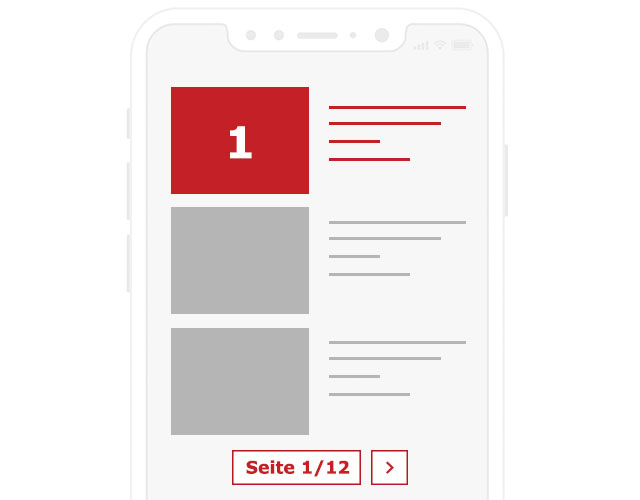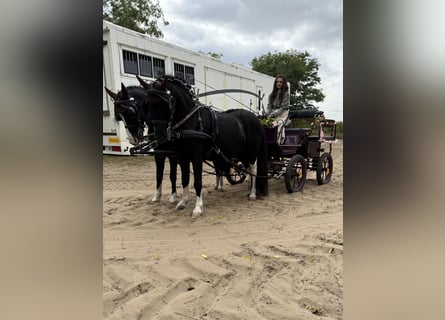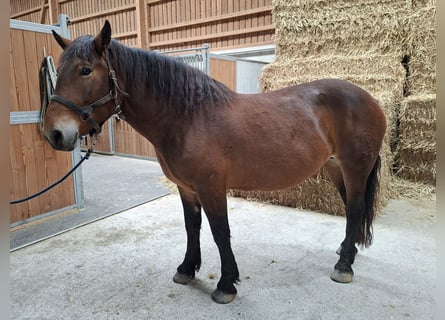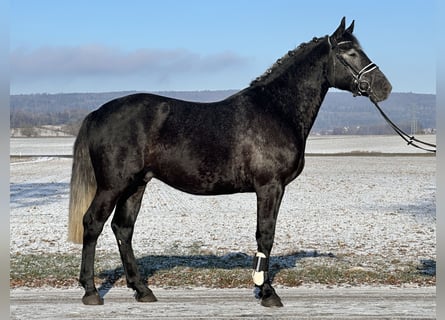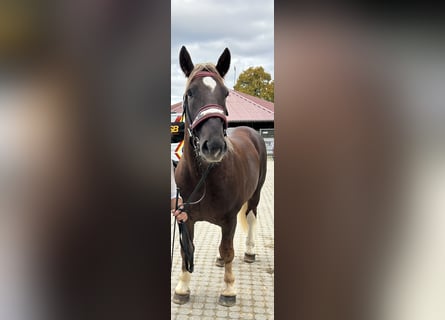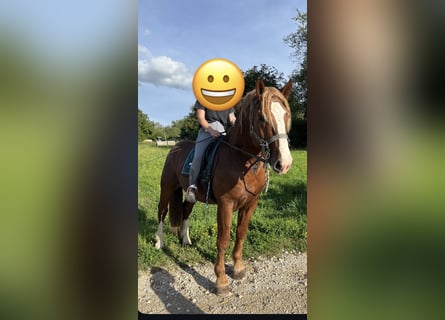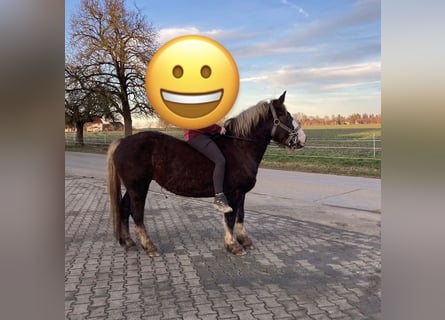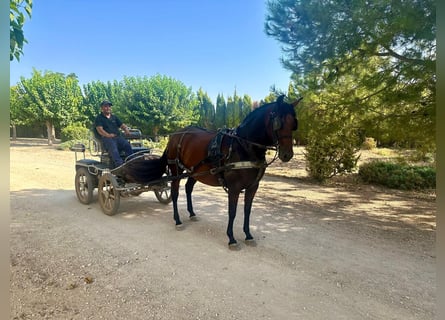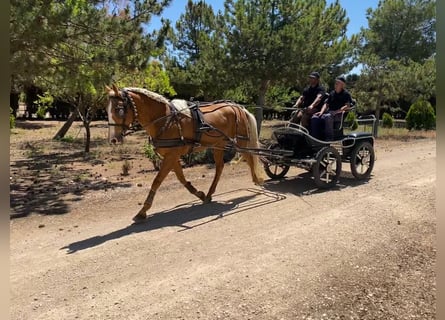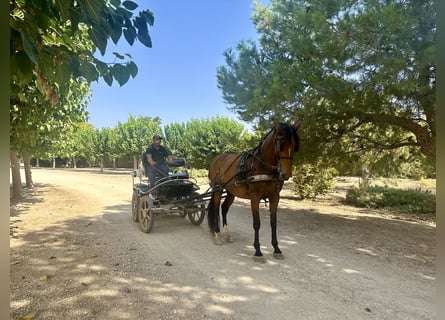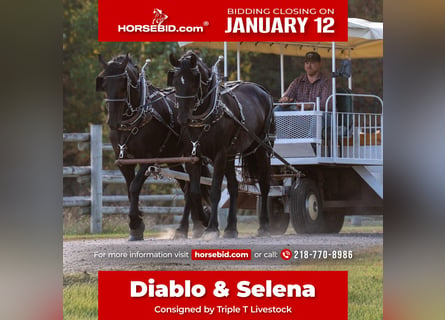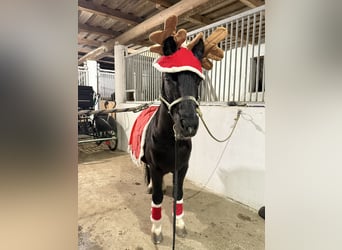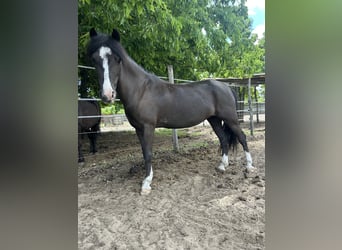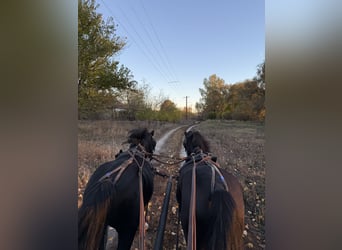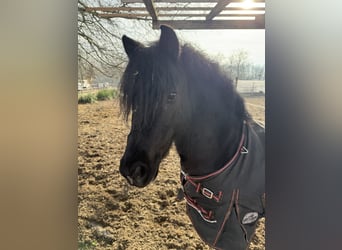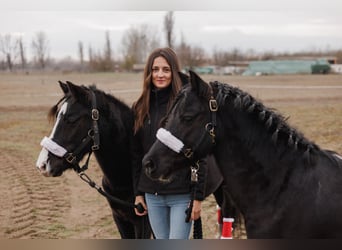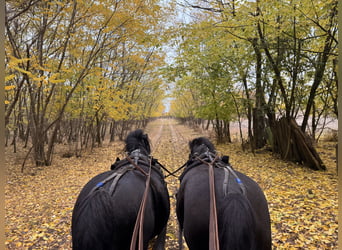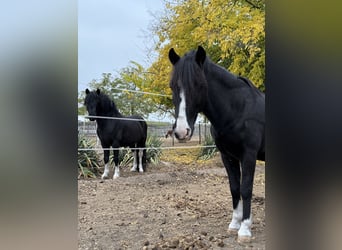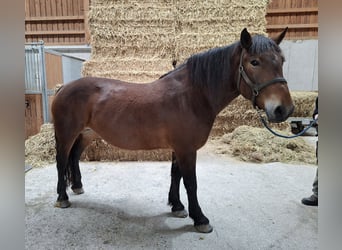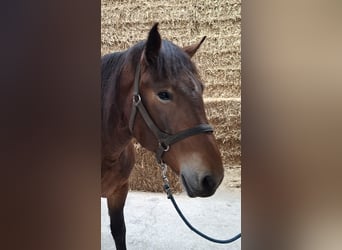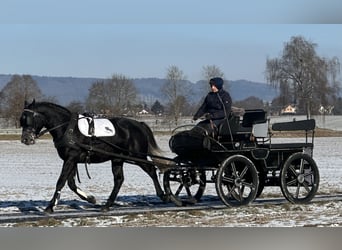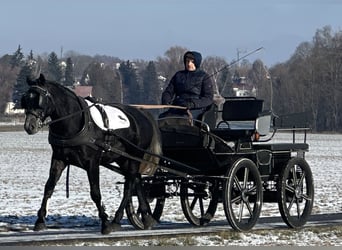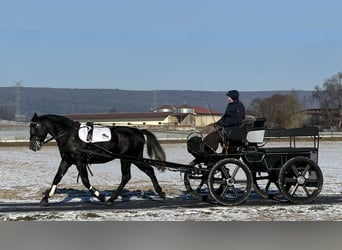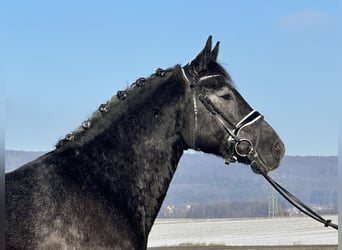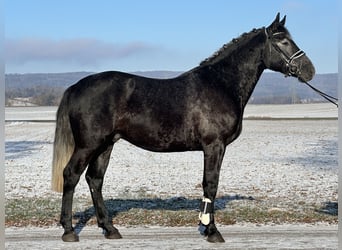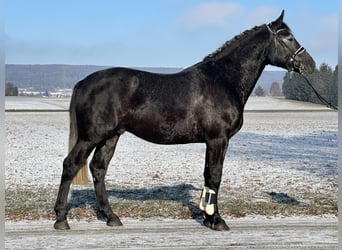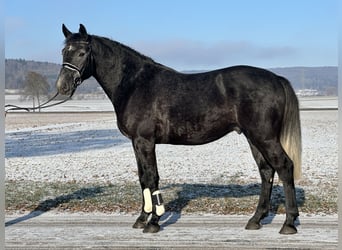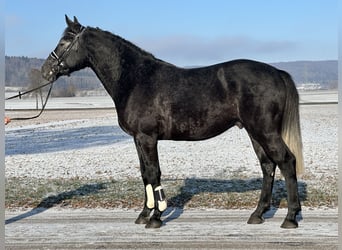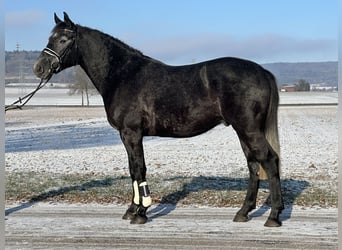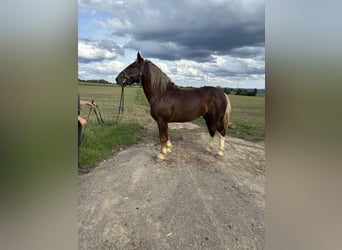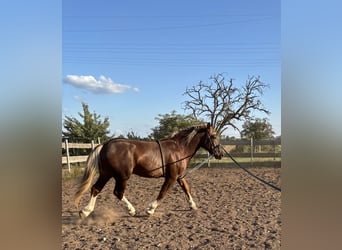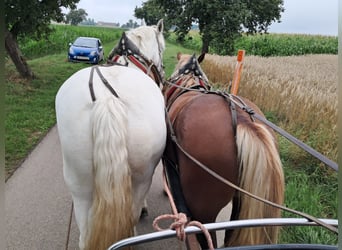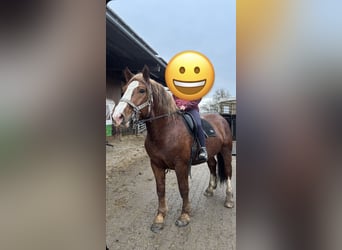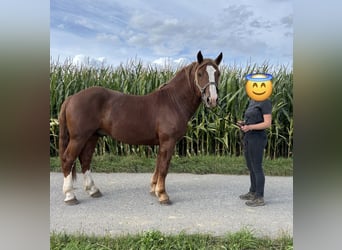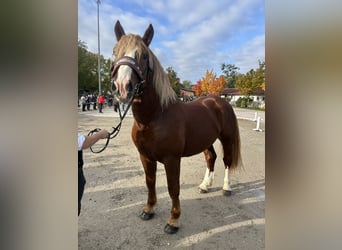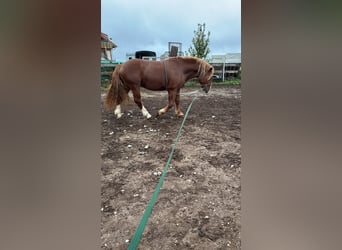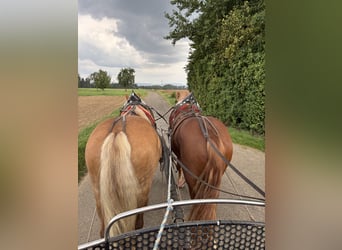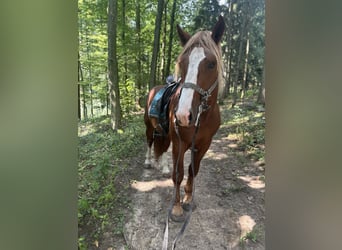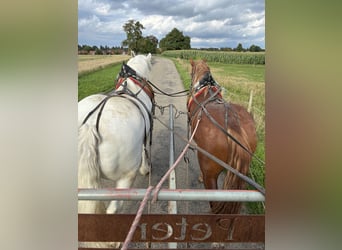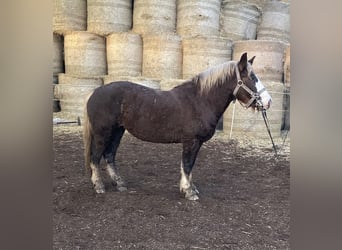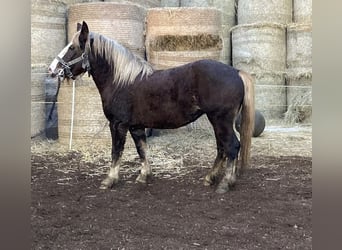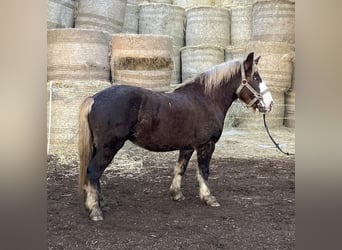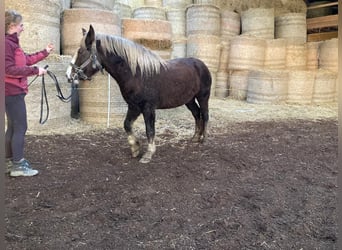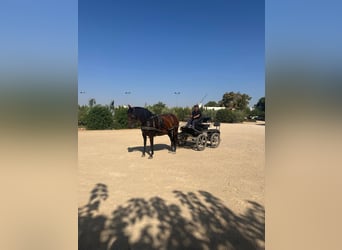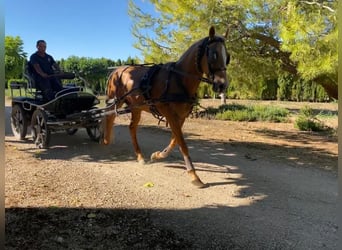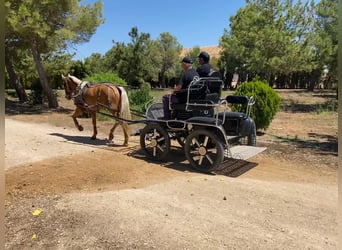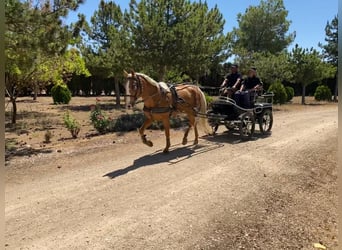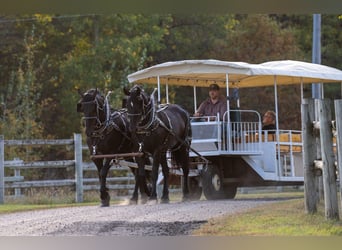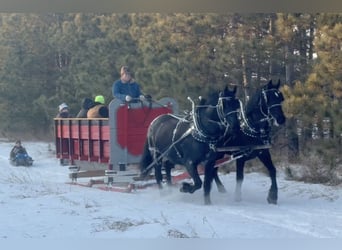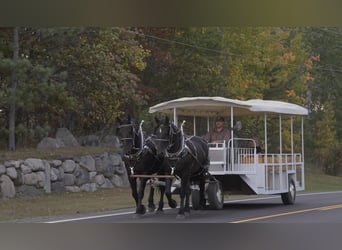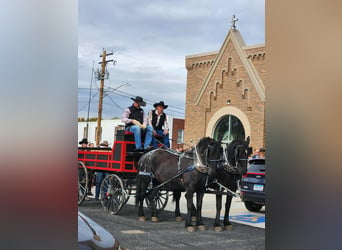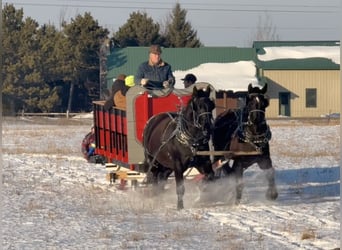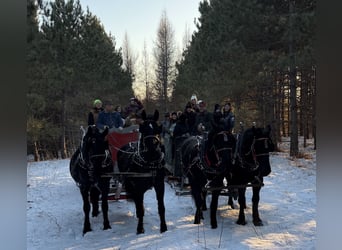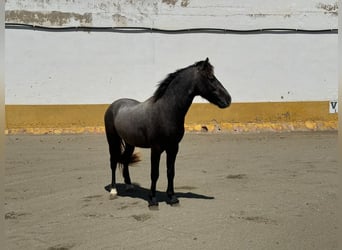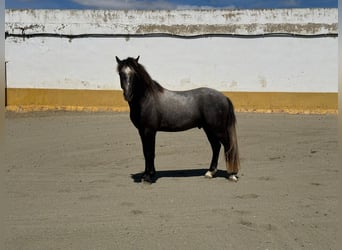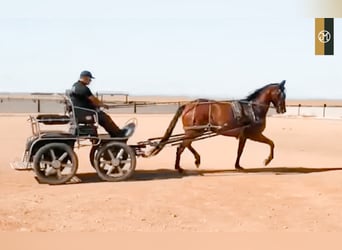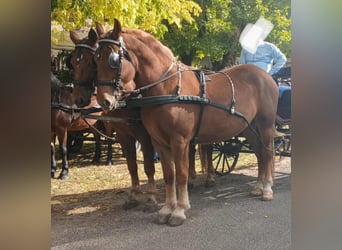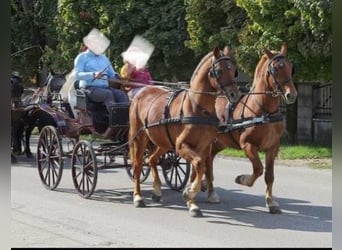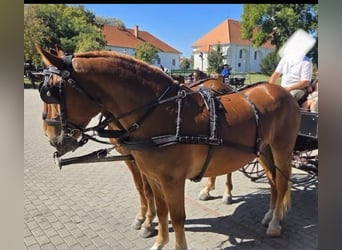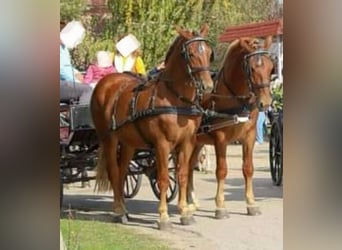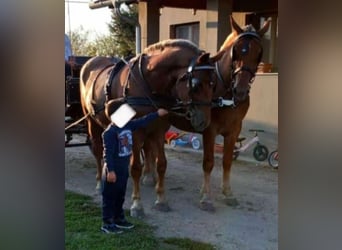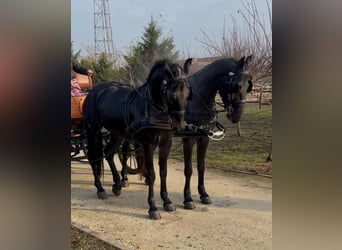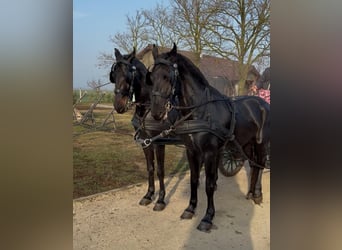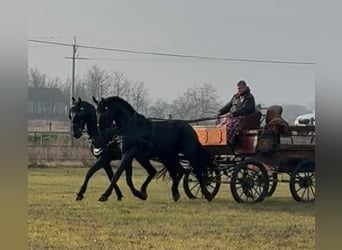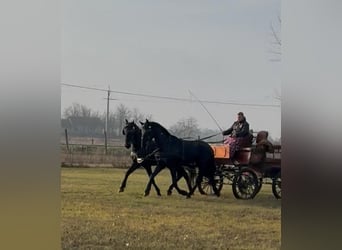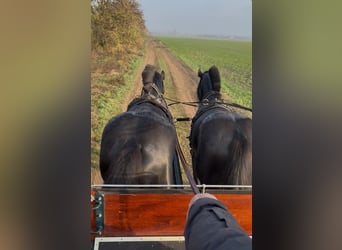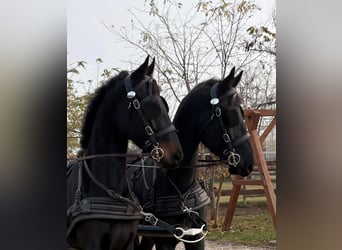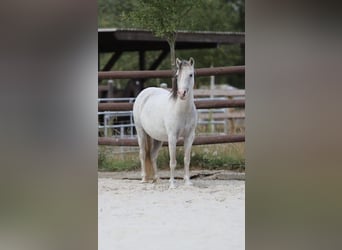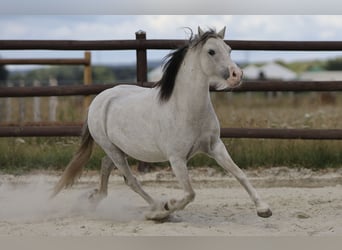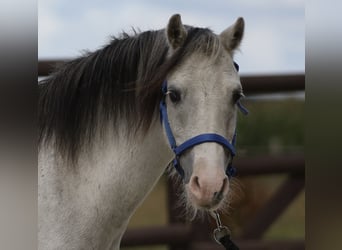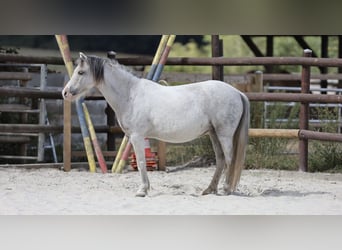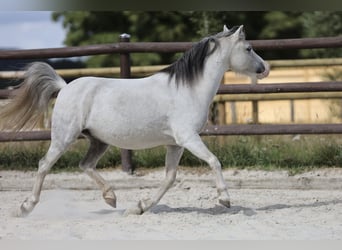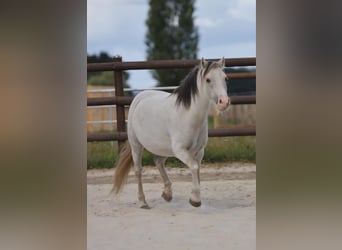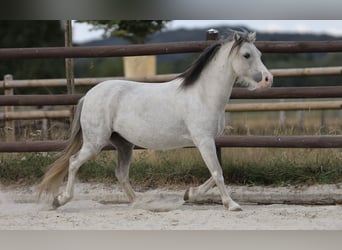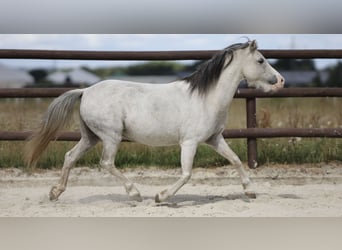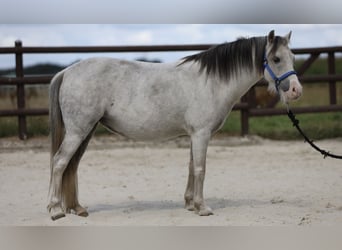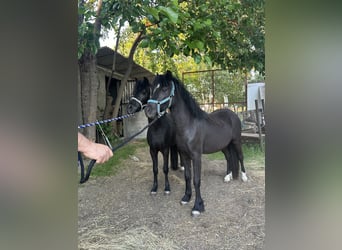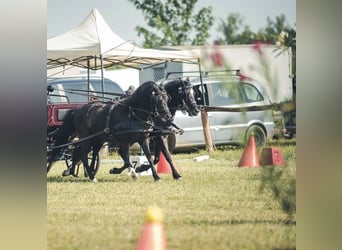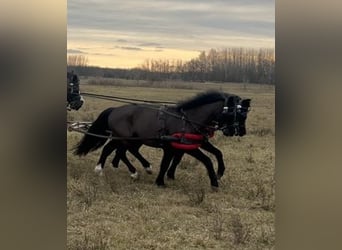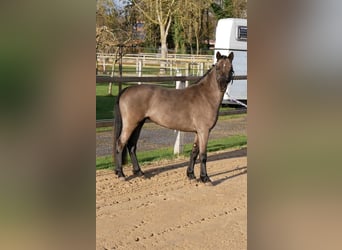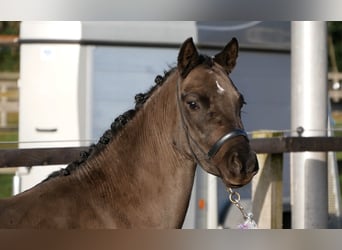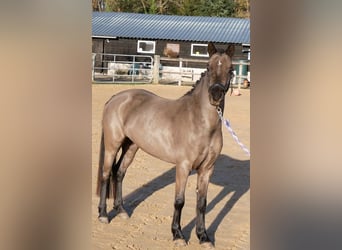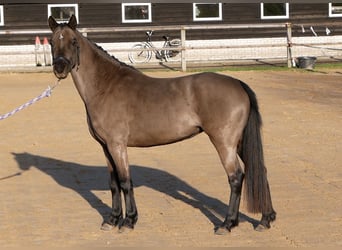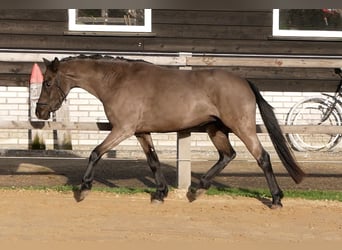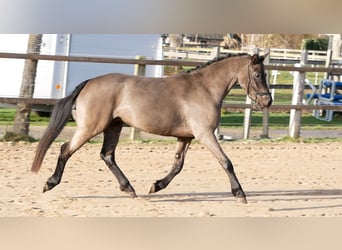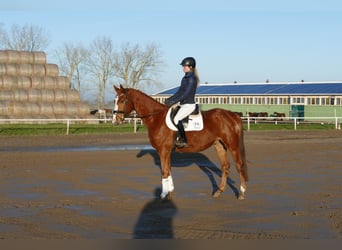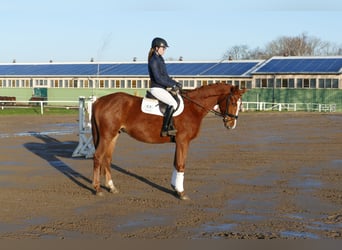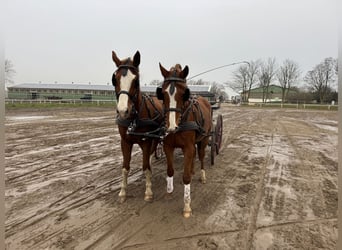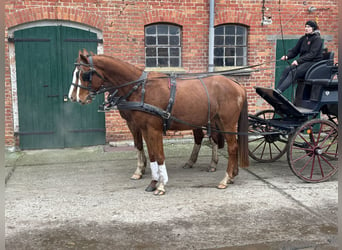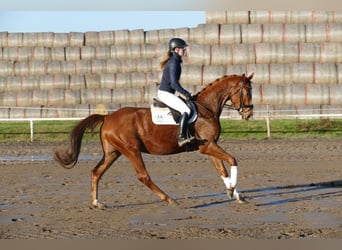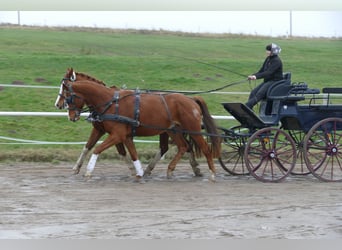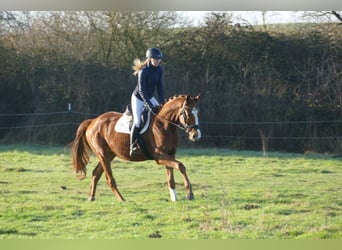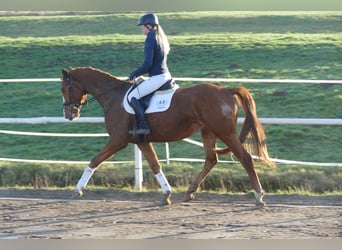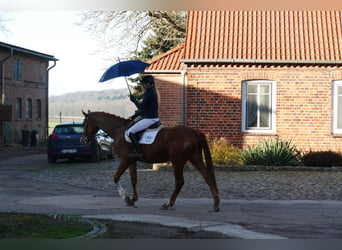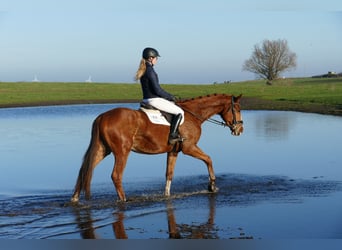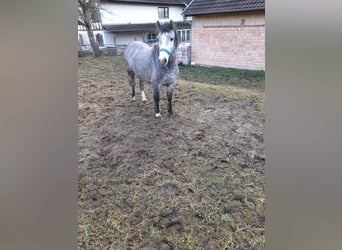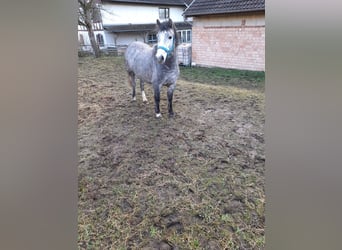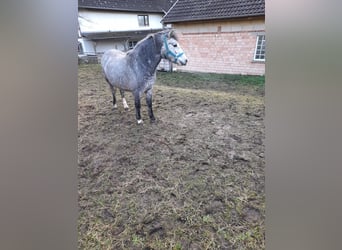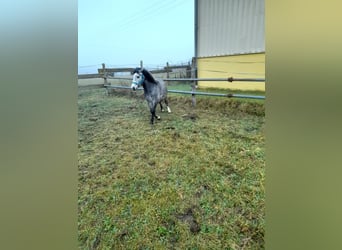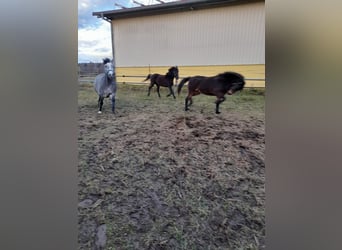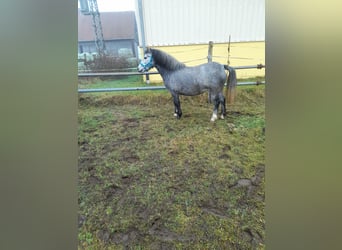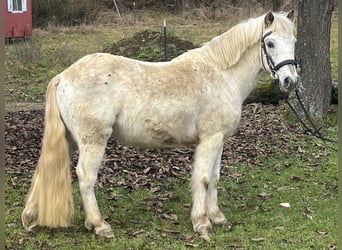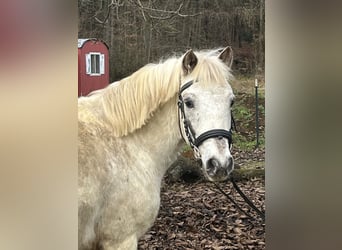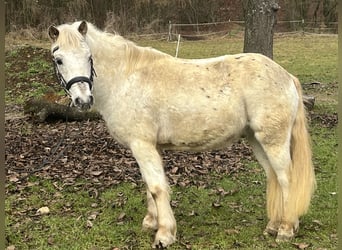any
--most common:---
170 cm | 16.2 hh | 5,58 ft
169 cm | 16.2 hh | 5,54 ft
168 cm | 16.1 hh | 5,51 ft
167 cm | 16.1 hh | 5,48 ft
166 cm | 16.1 hh | 5,44 ft
165 cm | 16.0 hh | 5,41 ft
164 cm | 16.0 hh | 5,38 ft
163 cm | 16.0 hh | 5,35 ft
162 cm | 15.3 hh | 5,31 ft
161 cm | 15.2 hh | 5,28 ft
160 cm | 15.2 hh | 5,25 ft
159 cm | 15.2 hh | 5,22 ft
158 cm | 15.2 hh | 5,18 ft
157 cm | 15.1 hh | 5,15 ft
156 cm | 15.1 hh | 5,12 ft
155 cm | 15.1 hh | 5,08 ft
---all:---
200 cm | 19.2 hh | 6,56 ft
199 cm | 19.2 hh | 6,53 ft
198 cm | 19.1 hh | 6,49 ft
197 cm | 19.1 hh | 6,46 ft
196 cm | 19.1 hh | 6,43 ft
195 cm | 19.0 hh | 6,40 ft
194 cm | 19.0 hh | 6,36 ft
193 cm | 18.3 hh | 6,33 ft
192 cm | 18.3 hh | 6,30 ft
191 cm | 18.2 hh | 6,26 ft
190 cm | 18.2 hh | 6,23 ft
189 cm | 18.2 hh | 6,20 ft
188 cm | 18.1 hh | 6,17 ft
187 cm | 18.1 hh | 6,13 ft
186 cm | 18.1 hh | 6,10 ft
185 cm | 18.0 hh | 6,07 ft
184 cm | 18.0 hh | 6,04 ft
183 cm | 18.0 hh | 6,00 ft
182 cm | 17.3 hh | 5,97 ft
181 cm | 17.2 hh | 5,94 ft
180 cm | 17.2 hh | 5,90 ft
179 cm | 17.2 hh | 5,87 ft
178 cm | 17.1 hh | 5,84 ft
177 cm | 17.1 hh | 5,81 ft
176 cm | 17.1 hh | 5,77 ft
175 cm | 17.0 hh | 5,74 ft
174 cm | 17.0 hh | 5,71 ft
173 cm | 17.0 hh | 5,67 ft
172 cm | 16.3 hh | 5,64 ft
171 cm | 16.2 hh | 5,61 ft
170 cm | 16.2 hh | 5,58 ft
169 cm | 16.2 hh | 5,54 ft
168 cm | 16.1 hh | 5,51 ft
167 cm | 16.1 hh | 5,48 ft
166 cm | 16.1 hh | 5,44 ft
165 cm | 16.0 hh | 5,41 ft
164 cm | 16.0 hh | 5,38 ft
163 cm | 16.0 hh | 5,35 ft
162 cm | 15.3 hh | 5,31 ft
161 cm | 15.2 hh | 5,28 ft
160 cm | 15.2 hh | 5,25 ft
159 cm | 15.2 hh | 5,22 ft
158 cm | 15.2 hh | 5,18 ft
157 cm | 15.1 hh | 5,15 ft
156 cm | 15.1 hh | 5,12 ft
155 cm | 15.1 hh | 5,08 ft
154 cm | 15.0 hh | 5,05 ft
153 cm | 15.0 hh | 5,02 ft
152 cm | 14.3 hh | 4,99 ft
151 cm | 14.3 hh | 4,95 ft
150 cm | 14.2 hh | 4,92 ft
149 cm | 14.2 hh | 4,89 ft
148 cm | 14.2 hh | 4,85 ft
147 cm | 14.1 hh | 4,82 ft
146 cm | 14.1 hh | 4,79 ft
145 cm | 14.1 hh | 4,76 ft
144 cm | 14.0 hh | 4,72 ft
143 cm | 14.0 hh | 4,69 ft
142 cm | 13.3 hh | 4,66 ft
141 cm | 13.3 hh | 4,62 ft
140 cm | 13.2 hh | 4,59 ft
139 cm | 13.2 hh | 4,56 ft
138 cm | 13.2 hh | 4,53 ft
137 cm | 13.1 hh | 4,49 ft
136 cm | 13.1 hh | 4,46 ft
135 cm | 13.1 hh | 4,43 ft
134 cm | 13.0 hh | 4,40 ft
133 cm | 13.0 hh | 4,36 ft
132 cm | 12.3 hh | 4,33 ft
131 cm | 12.3 hh | 4,30 ft
130 cm | 12.2 hh | 4,26 ft
129 cm | 12.2 hh | 4,23 ft
128 cm | 12.2 hh | 4,20 ft
127 cm | 12.1 hh | 4,17 ft
126 cm | 12.1 hh | 4,13 ft
125 cm | 12.1 hh | 4,10 ft
124 cm | 12.0 hh | 4,07 ft
123 cm | 12.0 hh | 4,03 ft
122 cm | 12.0 hh | 4,00 ft
121 cm | 11.3 hh | 3,97 ft
120 cm | 11.2 hh | 3,94 ft
119 cm | 11.2 hh | 3,90 ft
118 cm | 11.2 hh | 3,87 ft
117 cm | 11.1 hh | 3,84 ft
116 cm | 11.1 hh | 3,80 ft
115 cm | 11.1 hh | 3,77 ft
114 cm | 11.0 hh | 3,74 ft
113 cm | 11.0 hh | 3,71 ft
112 cm | 11.0 hh | 3,67 ft
111 cm | 10.3 hh | 3,64 ft
110 cm | 10.2 hh | 3,61 ft
109 cm | 10.2 hh | 3,58 ft
108 cm | 10.2 hh | 3,54 ft
107 cm | 10.1 hh | 3,51 ft
106 cm | 10.1 hh | 3,48 ft
105 cm | 10.1 hh | 3,44 ft
104 cm | 10.0 hh | 3,41 ft
103 cm | 10.0 hh | 3,38 ft
102 cm | 10.0 hh | 3,35 ft
101 cm | 9.3 hh | 3,31 ft
100 cm | 9.2 hh | 3,28 ft
99 cm | 9.2 hh | 3,25 ft
98 cm | 9.2 hh | 3,21 ft
97 cm | 9.1 hh | 3,18 ft
96 cm | 9.1 hh | 3,15 ft
95 cm | 9.1 hh | 3,12 ft
94 cm | 9.1 hh | 3,08 ft
93 cm | 9.0 hh | 3,05 ft
92 cm | 9.0 hh | 3,02 ft
91 cm | 8.3 hh | 2,98 ft
90 cm | 8.3 hh | 2,95 ft
89 cm | 8.2 hh | 2,92 ft
88 cm | 8.2 hh | 2,89 ft
87 cm | 8.2 hh | 2,85 ft
86 cm | 8.1 hh | 2,82 ft
85 cm | 8.1 hh | 2,79 ft
84 cm | 8.1 hh | 2,76 ft
83 cm | 8.0 hh | 2,72 ft
82 cm | 8.0 hh | 2,69 ft
81 cm | 7.3 hh | 2,66 ft
80 cm | 7.3 hh | 2,62 ft
79 cm | 7.2 hh | 2,59 ft
78 cm | 7.2 hh | 2,56 ft
77 cm | 7.2 hh | 2,53 ft
76 cm | 7.1 hh | 2,49 ft
75 cm | 7.1 hh | 2,46 ft
74 cm | 7.1 hh | 2,43 ft
73 cm | 7.0 hh | 2,39 ft
72 cm | 7.0 hh | 2,36 ft
71 cm | 6.3 hh | 2,33 ft
70 cm | 6.3 hh | 2,30 ft
69 cm | 6.2 hh | 2,26 ft
68 cm | 6.2 hh | 2,23 ft
67 cm | 6.2 hh | 2,20 ft
66 cm | 6.1 hh | 2,16 ft
65 cm | 6.1 hh | 2,13 ft
64 cm | 6.1 hh | 2,10 ft
63 cm | 6.0 hh | 2,07 ft
62 cm | 6.0 hh | 2,03 ft
61 cm | 6.0 hh | 2,00 ft
60 cm | 5.3 hh | 1,97 ft
to
any
--most common:---
170 cm | 16.2 hh | 5,58 ft
169 cm | 16.2 hh | 5,54 ft
168 cm | 16.1 hh | 5,51 ft
167 cm | 16.1 hh | 5,48 ft
166 cm | 16.1 hh | 5,44 ft
165 cm | 16.0 hh | 5,41 ft
164 cm | 16.0 hh | 5,38 ft
163 cm | 16.0 hh | 5,35 ft
162 cm | 15.3 hh | 5,31 ft
161 cm | 15.2 hh | 5,28 ft
160 cm | 15.2 hh | 5,25 ft
159 cm | 15.2 hh | 5,22 ft
158 cm | 15.2 hh | 5,18 ft
157 cm | 15.1 hh | 5,15 ft
156 cm | 15.1 hh | 5,12 ft
155 cm | 15.1 hh | 5,08 ft
---all:---
200 cm | 19.2 hh | 6,56 ft
199 cm | 19.2 hh | 6,53 ft
198 cm | 19.1 hh | 6,49 ft
197 cm | 19.1 hh | 6,46 ft
196 cm | 19.1 hh | 6,43 ft
195 cm | 19.0 hh | 6,40 ft
194 cm | 19.0 hh | 6,36 ft
193 cm | 18.3 hh | 6,33 ft
192 cm | 18.3 hh | 6,30 ft
191 cm | 18.2 hh | 6,26 ft
190 cm | 18.2 hh | 6,23 ft
189 cm | 18.2 hh | 6,20 ft
188 cm | 18.1 hh | 6,17 ft
187 cm | 18.1 hh | 6,13 ft
186 cm | 18.1 hh | 6,10 ft
185 cm | 18.0 hh | 6,07 ft
184 cm | 18.0 hh | 6,04 ft
183 cm | 18.0 hh | 6,00 ft
182 cm | 17.3 hh | 5,97 ft
181 cm | 17.2 hh | 5,94 ft
180 cm | 17.2 hh | 5,90 ft
179 cm | 17.2 hh | 5,87 ft
178 cm | 17.1 hh | 5,84 ft
177 cm | 17.1 hh | 5,81 ft
176 cm | 17.1 hh | 5,77 ft
175 cm | 17.0 hh | 5,74 ft
174 cm | 17.0 hh | 5,71 ft
173 cm | 17.0 hh | 5,67 ft
172 cm | 16.3 hh | 5,64 ft
171 cm | 16.2 hh | 5,61 ft
170 cm | 16.2 hh | 5,58 ft
169 cm | 16.2 hh | 5,54 ft
168 cm | 16.1 hh | 5,51 ft
167 cm | 16.1 hh | 5,48 ft
166 cm | 16.1 hh | 5,44 ft
165 cm | 16.0 hh | 5,41 ft
164 cm | 16.0 hh | 5,38 ft
163 cm | 16.0 hh | 5,35 ft
162 cm | 15.3 hh | 5,31 ft
161 cm | 15.2 hh | 5,28 ft
160 cm | 15.2 hh | 5,25 ft
159 cm | 15.2 hh | 5,22 ft
158 cm | 15.2 hh | 5,18 ft
157 cm | 15.1 hh | 5,15 ft
156 cm | 15.1 hh | 5,12 ft
155 cm | 15.1 hh | 5,08 ft
154 cm | 15.0 hh | 5,05 ft
153 cm | 15.0 hh | 5,02 ft
152 cm | 14.3 hh | 4,99 ft
151 cm | 14.3 hh | 4,95 ft
150 cm | 14.2 hh | 4,92 ft
149 cm | 14.2 hh | 4,89 ft
148 cm | 14.2 hh | 4,85 ft
147 cm | 14.1 hh | 4,82 ft
146 cm | 14.1 hh | 4,79 ft
145 cm | 14.1 hh | 4,76 ft
144 cm | 14.0 hh | 4,72 ft
143 cm | 14.0 hh | 4,69 ft
142 cm | 13.3 hh | 4,66 ft
141 cm | 13.3 hh | 4,62 ft
140 cm | 13.2 hh | 4,59 ft
139 cm | 13.2 hh | 4,56 ft
138 cm | 13.2 hh | 4,53 ft
137 cm | 13.1 hh | 4,49 ft
136 cm | 13.1 hh | 4,46 ft
135 cm | 13.1 hh | 4,43 ft
134 cm | 13.0 hh | 4,40 ft
133 cm | 13.0 hh | 4,36 ft
132 cm | 12.3 hh | 4,33 ft
131 cm | 12.3 hh | 4,30 ft
130 cm | 12.2 hh | 4,26 ft
129 cm | 12.2 hh | 4,23 ft
128 cm | 12.2 hh | 4,20 ft
127 cm | 12.1 hh | 4,17 ft
126 cm | 12.1 hh | 4,13 ft
125 cm | 12.1 hh | 4,10 ft
124 cm | 12.0 hh | 4,07 ft
123 cm | 12.0 hh | 4,03 ft
122 cm | 12.0 hh | 4,00 ft
121 cm | 11.3 hh | 3,97 ft
120 cm | 11.2 hh | 3,94 ft
119 cm | 11.2 hh | 3,90 ft
118 cm | 11.2 hh | 3,87 ft
117 cm | 11.1 hh | 3,84 ft
116 cm | 11.1 hh | 3,80 ft
115 cm | 11.1 hh | 3,77 ft
114 cm | 11.0 hh | 3,74 ft
113 cm | 11.0 hh | 3,71 ft
112 cm | 11.0 hh | 3,67 ft
111 cm | 10.3 hh | 3,64 ft
110 cm | 10.2 hh | 3,61 ft
109 cm | 10.2 hh | 3,58 ft
108 cm | 10.2 hh | 3,54 ft
107 cm | 10.1 hh | 3,51 ft
106 cm | 10.1 hh | 3,48 ft
105 cm | 10.1 hh | 3,44 ft
104 cm | 10.0 hh | 3,41 ft
103 cm | 10.0 hh | 3,38 ft
102 cm | 10.0 hh | 3,35 ft
101 cm | 9.3 hh | 3,31 ft
100 cm | 9.2 hh | 3,28 ft
99 cm | 9.2 hh | 3,25 ft
98 cm | 9.2 hh | 3,21 ft
97 cm | 9.1 hh | 3,18 ft
96 cm | 9.1 hh | 3,15 ft
95 cm | 9.1 hh | 3,12 ft
94 cm | 9.1 hh | 3,08 ft
93 cm | 9.0 hh | 3,05 ft
92 cm | 9.0 hh | 3,02 ft
91 cm | 8.3 hh | 2,98 ft
90 cm | 8.3 hh | 2,95 ft
89 cm | 8.2 hh | 2,92 ft
88 cm | 8.2 hh | 2,89 ft
87 cm | 8.2 hh | 2,85 ft
86 cm | 8.1 hh | 2,82 ft
85 cm | 8.1 hh | 2,79 ft
84 cm | 8.1 hh | 2,76 ft
83 cm | 8.0 hh | 2,72 ft
82 cm | 8.0 hh | 2,69 ft
81 cm | 7.3 hh | 2,66 ft
80 cm | 7.3 hh | 2,62 ft
79 cm | 7.2 hh | 2,59 ft
78 cm | 7.2 hh | 2,56 ft
77 cm | 7.2 hh | 2,53 ft
76 cm | 7.1 hh | 2,49 ft
75 cm | 7.1 hh | 2,46 ft
74 cm | 7.1 hh | 2,43 ft
73 cm | 7.0 hh | 2,39 ft
72 cm | 7.0 hh | 2,36 ft
71 cm | 6.3 hh | 2,33 ft
70 cm | 6.3 hh | 2,30 ft
69 cm | 6.2 hh | 2,26 ft
68 cm | 6.2 hh | 2,23 ft
67 cm | 6.2 hh | 2,20 ft
66 cm | 6.1 hh | 2,16 ft
65 cm | 6.1 hh | 2,13 ft
64 cm | 6.1 hh | 2,10 ft
63 cm | 6.0 hh | 2,07 ft
62 cm | 6.0 hh | 2,03 ft
61 cm | 6.0 hh | 2,00 ft
60 cm | 5.3 hh | 1,97 ft
Apply
